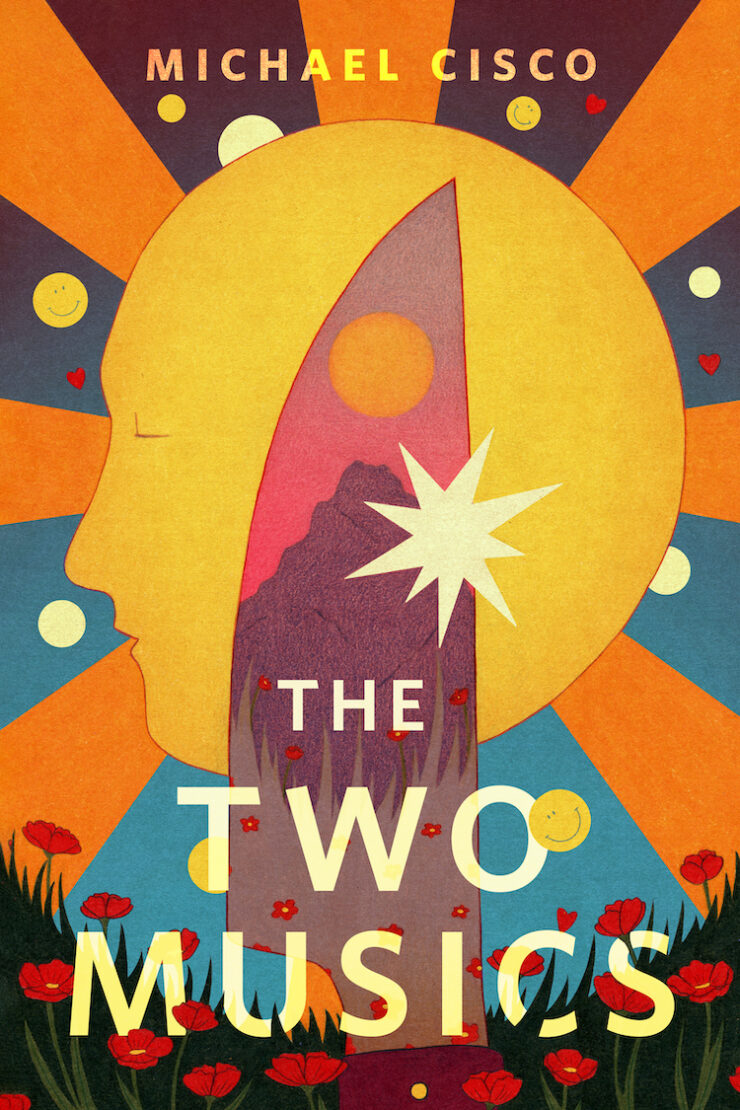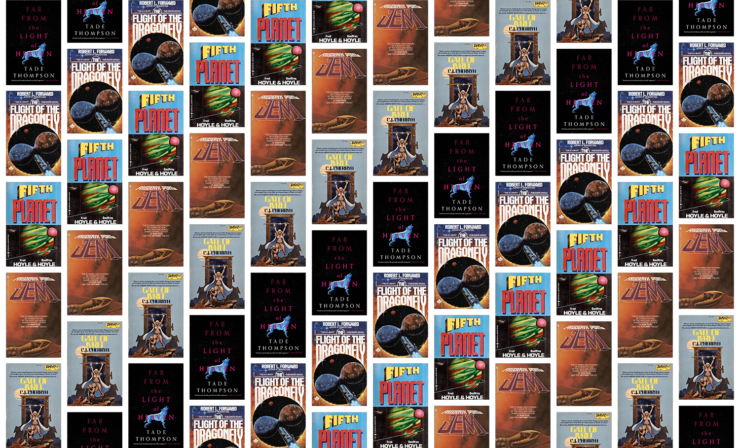Science fiction often assumes particular bundles of technology, even when the components of that bundle are not causally linked and might not appear at the same time. For example, authors generally assume energy-generating technology will keep pace with propulsive technology. To put this less obscurely, they assume that by the time faster-than-light drives show up, so will cheap, affordable, reliable fusion power plants. No doubt this is only partly driven by narrative convenience. We’ve been told fusion is only thirty years away for sixty years now. One can forgive authors for believing what turned out to be hopelessly optimistic predictions…although I am not sure why said authors also seem to expect fusion plants to be conveniently low mass, extremely efficient, and aneutronic.
However, some authors eschew the dream of commercial fusion (at least, of the variety that can be crammed into a spaceship hull) without abandoning the dream of interstellar travel. Not many, admittedly, but enough that five examples can be found.
Fifth Planet by Fred Hoyle and Geoffrey Hoyle (1963)
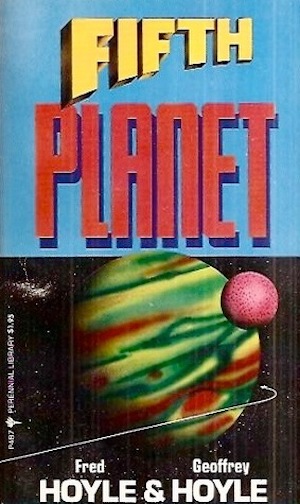
Despite technological progress driven by a century of nuclear rivalry between the United States, the Soviet Union, and other great powers (among whose number, the text makes clear, isolationist Britain cannot be counted), rocket propulsion remains lamentably constrained by the authors’ knowledge of physics. The best option on offer is a gaseous-core nuclear thermal rocket, whose performance, while vastly superior to chemical rockets, is woefully inadequate for the demands of interstellar travel. At least, it is in most circumstances.
Conveniently for would-be starfarers, the stars or at least a star is on its way to us. As surprised astronomers discovered in the 1990s, nearby Helios follows a path through the Milky Way that will pass within 20 AUs of the Sun midway through the 21st century. 20 AU is just barely within the ability of 21st-century technology to deliver a crewed rocket to Helios’ Earth-like world. As one might expect from a civilization that has invested a century in Cold War paranoia, none of the designers behind the project wonder if visiting an alien world is prudent. Nevertheless, it is a question to which they get an answer.
Gate of Ivrel by C. J. Cherryh (1976)
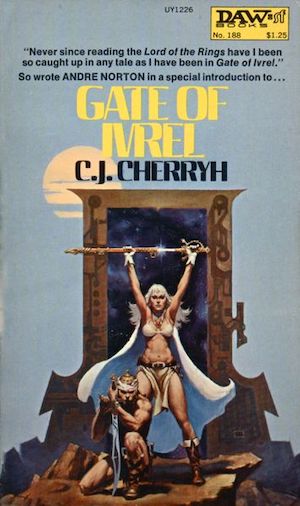
Nhi Vanye I Chya (Vanye)’s culture considers the domesticated horse as the acme of high-speed travel. Equines are for the most part not up to challenge of directly crossing interstellar distances. Thanks to the qhal gates found on so many planets, however, it’s possible to simply walk from one world to another. In theory, Stone Age hunter-gatherers could spread across the galaxy using the gates, provided they knew how to activate them. It would be no problem for Vanye on his horse.
As the mysterious figure who emerges from a qhal gate in front of Vanye explains, there is a catch. Qhal gates span time as well as space. One can step a century into the future, as Morgaine has. Alternatively, one could step into the past, inadvertently alter history and break time, as the qhal did immediately before they went extinct. Since the qhal left their incredibly dangerous gates behind, it is up to Morgaine and her new sidekick to track down and disable each continuum-threating relic.
Jem by Frederik Pohl (1979)
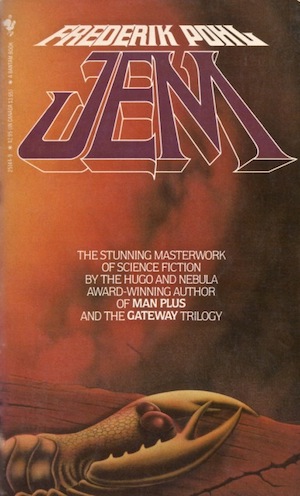
The rockets used to access orbit in the early 21st century are depressingly familiar—behemoths like the venerable Saturn V that consume stupendous amounts of chemical fuel to deliver laughably tiny payloads to orbit. Once in orbit, however, tachyon conversion drives make it affordable to litter the galaxy with grapefruit-sized uncrewed space probes. As long as one is content to settle for robotic exploration, it is surprisingly affordable.
Jem, the newly discovered habitable planet orbiting N‑OA Bes-bes Jeminorum 8426 AKA Kung’s Semistellar Object is sufficiently potentially valuable for the great factions of this relentless extrapolation of what turned out to be short-lived Disco Era trends to pay the eye-watering funds needed to deliver small groups of astronauts to orbit. Once there, it’s a simple tachyonic hop to Jem. Landing humans on an exoplanet is a glorious milestone in human history. It’s just too bad for 21st century Earth that one of the Disco Era trends relentlessly extrapolated is nuclear proliferation. It would only take a small spark to ignite World War Three and alas, a meaningless slap-fight over an alien world light-years away is just such a spark.
Flight of the Dragonfly by Robert L. Forward (1984)
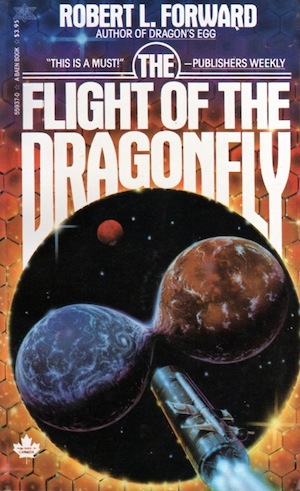
Even if Volvo-sized, clean, affordable and reliable controlled fusion reactors remain a pipedream, there are other ways to access fusion power. For example, there’s a fairly sizable fusion uncontrolled reactor located a mere 150,000,000 kilometres away. The Sun squanders a literally eye-watering amount of energy into space—energy which cunning little monkeys like the human race could somehow exploit.
The light-sail starship Prometheus requires 1,500 terawatts to produce a hundredth gee acceleration. Sustained, it is sufficient to deliver explorers across six light-years to the planets of the Barnard Star System in just 40 years. The Sun can provide the energy needed. All humans need to do is create is a Brobdingnagian thousand-laser system consuming civilizations-worth of power, and then maintain it for decades. Then, all one needs is a collection of researchers comfortable with the reality that while this vast apparatus can deliver them to Barnard’s Star, it cannot then retrieve them.
Far From the Light of Heaven by Tade Thompson (2021)
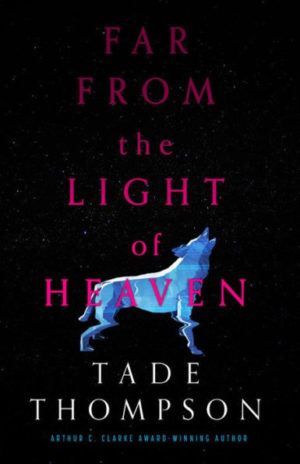
Einstein-Rosen bridges tackle the heavy lifting involved in traversing interstellar distances. Ragtime, the interstellar starship that will deliver Michelle “Shell” Campion and a thousand colonists to Earth-like Bloodroot, is powered by sophisticated examples of familiar technology: bioreactor, fuel cells, and solar panels. Ragtime’s highly advanced conventional power sources are sufficient to deal with the shorter distances involved in travelling to and from the bridges, while the ship’s sophisticated life-support systems keep the passengers alive but quiescent for the decade Ragtime takes to travel from bridge to bridge.
Decades of incremental technological progress have eliminated all possible bugs. Shell goes to sleep knowing Ragtime’s infallible systems will deliver her and her charges safely to Bloodroot. Regaining full consciousness to discover that Ragtime’s AI is quiescent, while the ship itself is littered with the dismembered body parts of murdered passengers is utterly unexpected. Most of the passengers are still alive, however, and if Shell can work out who the killer is and stop them, the remaining passengers might survive.
***
No doubt you all have your own favourite example whose absence above astounds you. Feel free to mention them in the comments.
In the words of Wikipedia editor TexasAndroid, prolific book reviewer and perennial Darwin Award nominee James Davis Nicoll is of “questionable notability.” His work has appeared in Publishers Weekly and Romantic Times as well as on his own websites, James Nicoll Reviews and the Aurora finalist Young People Read Old SFF (where he is assisted by editor Karen Lofstrom and web person Adrienne L. Travis). He is a four-time finalist for the Best Fan Writer Hugo Award and is surprisingly flammable.


